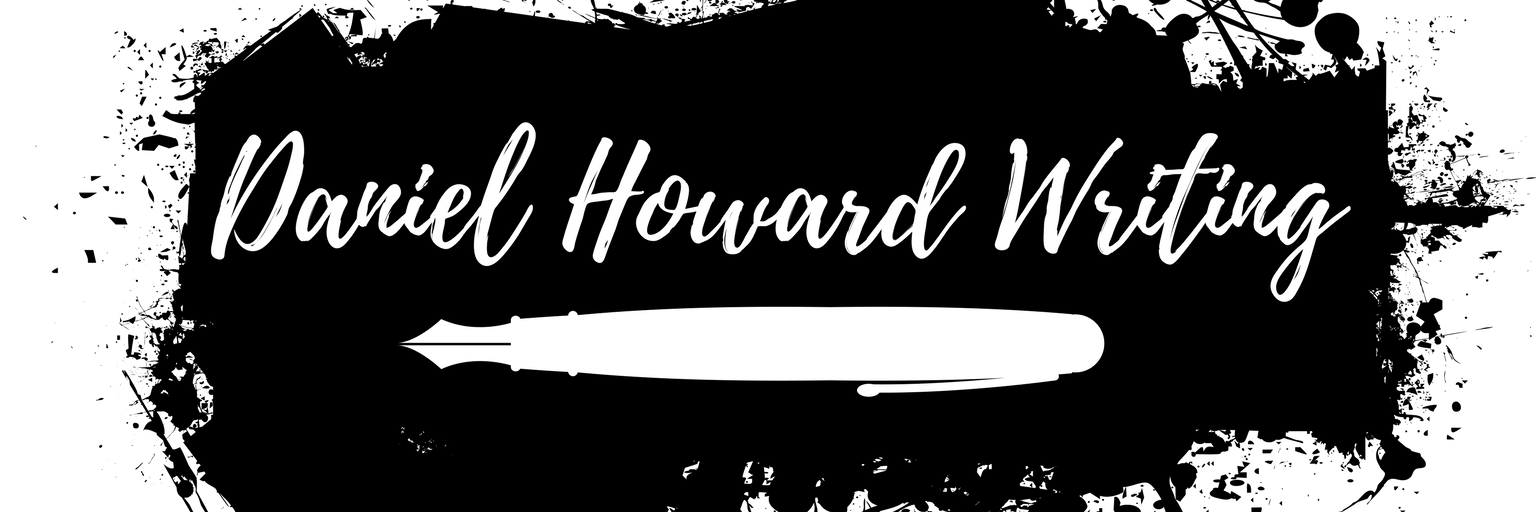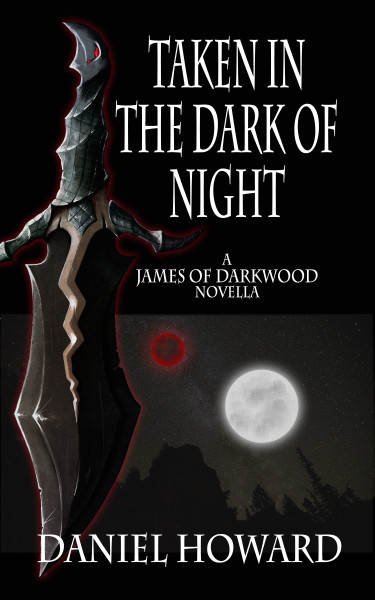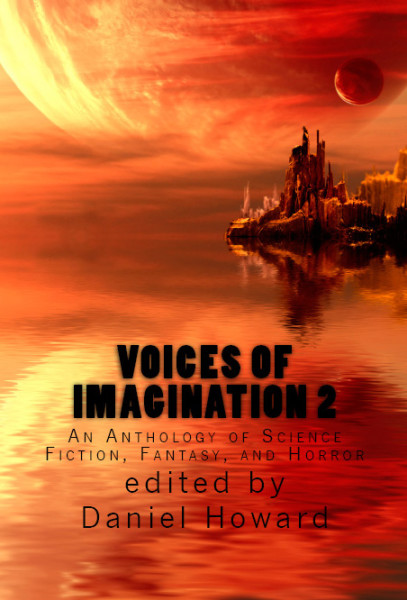This one has been bothering me for months. (Yes, I’m the kind of person who can be bothered by punctuation for months. What of it?) I had been trying to figure out how to format dashes in both of my anthologies, and I finally gave up and made a few stylistic decisions. But what are dashes?
There are two types of dashes — not to be confused with hyphens — that appear in writing: the en-dash and the em-dash. The difference in their appearances are given away in the names. An en-dash is shorter, the same length as an “n” in typography. An em-dash is longer, the same length as an “m” in typography. A hyphen looks just like an en-dash, except it appears directly between two words — like in the word “en-dash.” See how I tied all that together? Pretty clever, if I do say so myself.
Despite the fact that both the en-dash and em-dash are just lines of slightly different sizes, they are very different in usage. An en-dash is used primarily to show an interrupted thought. See the following example.
“Hey! Look! No ha-“ Then he died. Clearly, juggling chainsaws requires at least one hand.
Many writers, especially writers still mastering the technical skills such as punctuation, will use an ellipsis (…) to indicate an interruption. This is flat-out wrong. The en-dash is an interruption — either by another speaker or an outside event — while an ellipsis indicates a trailing off. Watch Office Space and listen to Lumbergh. His scripted lines likely had a lot of ellipses… Yeah… That movie was great…
Em-dashes, however, are useful for making parenthetical statements, especially when commas or parentheses won’t do. Commas can make a sentence needlessly complex, while many style guides consider parentheses “sophomoric.” Yes, I’ve actually seen that written somewhere before, though the exact reference eludes me at the moment. Em-dashes solve the problem nicely.
- Gregory took his dog, a beast with a penchant for farting loudly at the elderly, to the park for his daily constitutional.
- Gregory took his dog (a beast with a penchant for farting loudly at the elderly) to the park for his daily constitutional.
- Gregory took his dog — a beast with a penchant for farting loudly at the elderly — to the park for his daily constitutional.
In the above examples, the comma works but seems a bit wishy washy. The parentheses seem shoe-horned into the sentence, and a bit forceful to boot — pun totally intended. The em-dashes, however, have certain elegance to them. They clearly identify the dog’s inclination to pass wind near those in their golden years, but it does so without being so forceful as the parentheses. It’s a win-win situation.
Another function of the em-dash is to add a bit of drama to a sentence. When a phrase is added to the end of a sentence as an amplification, sometimes a comma just won’t do.
- She ran her hand through his hair and it came off, her hand not the hair.
- She ran her hand through his hair and it came off — her hand not the hair.
The comma is again too soft for the hard left turn coming up, so the em-dash does the trick nicely. It breaks up the rest of the sentence, and it doesn’t mince any words about it.
There is some controversy about the em-dash, however. Hooray! Controversial punctuation! That is the answer to the age-old question: Should there be spaces on either side of an em-dash? Well, according to Grammar Girl, most sources say, “No, there shouldn’t be spaces on either side, you imbecile.” I’m paraphrasing, of course. Only the AP Stylebook suggests the spaces. I’m going to go against common wisdom on this one, and I’m going to agree with the AP Stylebook. Here’s why.
An em-dash is only a hair’s breadth from being a hyphen, which also looks like an en-dash. Therefore, I find it confusing — and potentially disastrous — to risk inserting a hyphen at an incorrect point. Having an isolated punctuation mark floating in the middle like that is much clearer and doesn’t risk as much confusion. More practically, many word processors will automatically detect the em-dash conformation and change even the odd runty en-dash into the beefier em-dash for you.
As an editor, I also prefer the em-dash to be isolated by spaces. I find it makes laying out a page much easier as there is more white space to work with. Clearly, however, that is a design preference and not a hard rule.
So in summary: the en-dash indicates an interruption, the em-dash is used for parenthetical statements, and I prefer the em-dash to have spaces on either side — though I’m unusual in this regard. And now you know more about lines that appear between words than you did a few minutes ago. Score!

 I'm a writer, editor, nerd, and foul-mouthed cheerleader of creative people everywhere. When not trying to force words to do my bidding, I'm a husband and father.
I'm a writer, editor, nerd, and foul-mouthed cheerleader of creative people everywhere. When not trying to force words to do my bidding, I'm a husband and father. 









